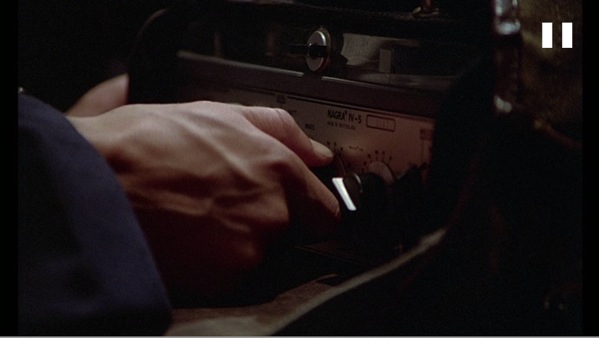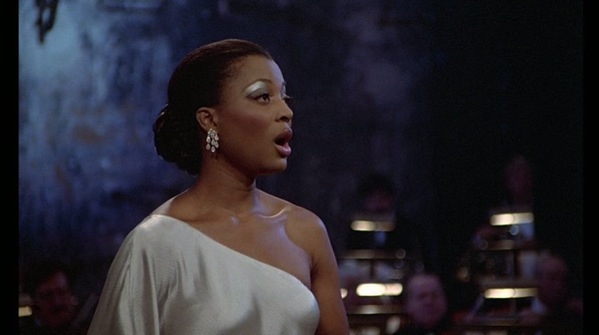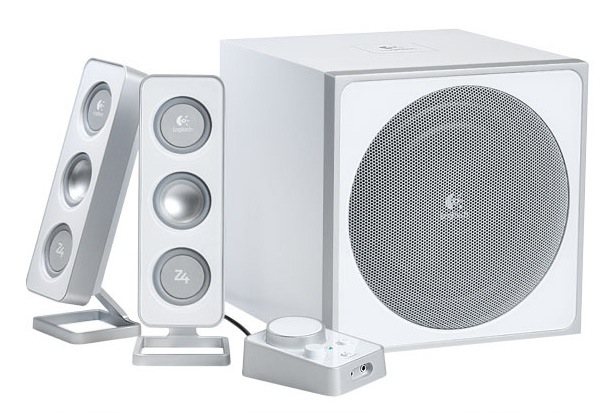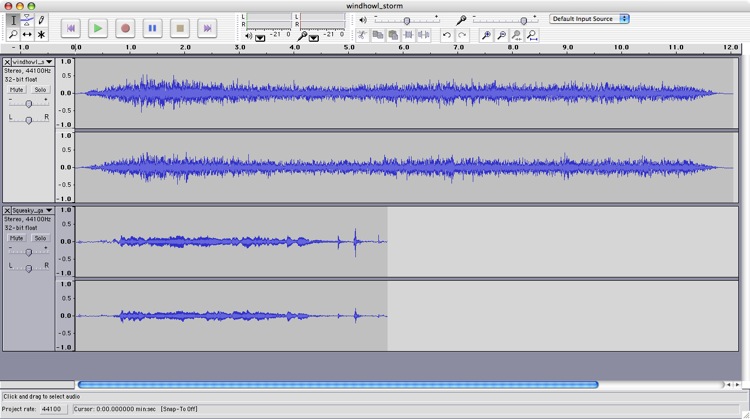Alternatives and first field experience.
The weekend finds me in the Bay Area and whatever you may say of the frenetic pace, the overcrowding and the relentless drive for this year’s BMW, the environment does come with lots of great sound locations, so naturally the Edirol R-09 sound recorder came with me.
First, a few words about alternatives. In this price range, meaning $400 or less, I could only find two. One is the add on option for an iPod which is reputed to have very poor sound quality. Plus my 60gB iPod is full, so that’s a non-starter.
The other is the M-Audio MicroTrack 24/96 which, like the Edirol, retails at $400, looks less chintzy, is similarly sized and also records on a small camera card. In this case on a CF card.
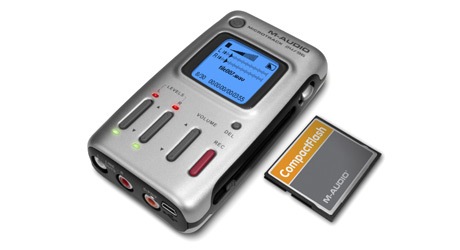
I turned this one down for a couple of reasons. First, it uses an internal, sealed battery (in contrast to the removeable AAs used by the Edirol) so that when you are out of power you either have to use the mains adapter (impossible in the field, obviously) or put the device out of commission while you recharge. That means the bulky recharger travels with you and when the internal battery eventually fails the whole unit is toast until repaired. Not good. Second, the supplied stereo microphone has to be plugged in and the thing looks pretty fragile sticking out of the end of the gadget. One more thing to lose or go wrong. So I decided in favor of the Edirol. All other better quality portable digital recorders seem to be much more expensive and/or bulky.
The morning found me at the excellent Hiller Aviation Museum which just happened to be hosting a model train show with lots of great crowd sounds waiting to be recorded. I set input gain on ‘AGC’, meaning Automatic Gain Control, and followed the model trains around with the recorder. Recording quality was set to best MP3 (WAV can be used for the very best uncompressed quality which I thought would be overkill in this case) as I reasoned I could always compress the file to something smaller using Audacity. To keep things discreet I dispensed with monitoring headphones and just let the AGC do its thing.
On the upper level of the museum there is a loudspeaker broadcasting the airport control tower traffic controllers’ voices (all that ‘One-Niner’ stuff you hear in movies) so I recorded a one minute burst of that, aided by the sound of a low flying plane coming in to land at the immediiately adjacent San Carlos Airport.
Popping the card in the reader attached to my iBook a few minutes later disclosed that all was well. The sounds were atmospherically rendered, the background noise below the threshold of hearing and the stereo effect surprisingly good for so small a device with such limited microphone separation. The AGC works well, sacrificing dynamic range for an absence of clipping on loud sounds – ideal for my intended use with QTVR panoramas.
Later that afternoon, a quick check of the Caltrain schedule disclosed that the downtown train would pass through the station in Burlingame at 2:28 pm so I trotted over, Edirol in hand, and caught the train crossing Broadway to the accompaniment of ringing bells and diesel sounds. Dashing down to the front of the train as it sat in the station I reccorded the air blast as the brakes were released and the diesel started up on its journey south, accompanied by much squealing of steel wheels on rails. Very atmospheric. AGC struggled here as the dynamic range between the loud whistle of the train and the ambient sound level must have been over 90dB and in a couple of spots the mics shut down, so I had to edit those out using Audacity.
One thing I quickly learned about the little iPod earphones (the Edirol comes without headphones of any kind) is that they may be great for listening to playback but that they are useless for monitoring while you record, as they do very little to attenuate ambient sound, thus making it difficult to distinguish recording from original. What is called for here is a true set of over-the-ear sound isolating headphones which, let’s face it, would be a pretty ridiculous load to carry with the diminutive Edirol.
The Edirol did a great job in almost all cases and is so easily tucked in a trouser or vest pocket as to become an indispensible companion. Despite the generally prosaic looks of the device, the display is truly wonderful, as the twin sound level meters are back lit and stark white against a black background. They are clearly visible in even the brightest light. Crank them up to maximum brightness and they really shine. Canon could use this sort of thing to replace the truly lousy LCD screens in their 5D and 350D cameras which wash out in all but the poorest light. One ergonomic boo-boo is that the microphones face the same way as the display, meaning that if you point them towards a sound source in front of you you cannot see the sound level meters! Mercifully, AGC seems to do such a great job of automatic input level control that you quickly forget to worry about input sound levels. Rotatable mics would be a nice touch, Roland.
Had you told me three months ago that I would be recording a collection of sounds for my photo library I would have politely excused myself with a hint that a visit to a shrink might be in order. It’s expensive at $400 but a great and unobtrusive device for recording high quality sound tracks in WAV or MP3 format which can be attached to QTVR panoramas with very little effort. A related use for true still pictures would be to attach the sound track to a slide show created in, say, iTunes, and show the whole thing to your audience with sound included. A whole new realm of possibilities opens up with this fascinating tool.
